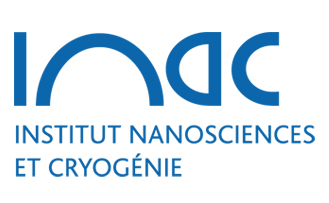Properties of electrodeposited CuSCN 2D layers and nanowires influenced by their mixed domain structure
Résumé
Electrodeposited copper thiocyanate (CuSCN) thin films and nanowires have been investigated by X-ray photoelectron spectroscopy (XPS), Raman, and optical spectroscopy. In addition, atomic force microscopy (AFM) together with scanning and transmission electron microscopy (SEM and TEM) have been employed for structural characterization. The multiple technique approach allows the correlation between structural, chemical, and electrical properties that are unique to the structure of this material. It has been found that CuSCN thin films and nanowires exhibit high crystalline quality with a close to stoichiometric composition. The XPS and Raman spectra suggest that the thiocyanate ion is bound to copper mainly through its S-end, with approximately 12–14% bound via the N-end. The applied absorption spectroscopy (Tauc and Urbach plots) points toward the possible coexistence of two large band gaps for the electrodeposited CuSCN. While its interpretation may be problematic from a purely physical perspective, we believe that this is a direct consequence of the occurrence of two CuSCN domains identified by XPS and Raman. A prominent absorption tail is observed that is assigned as either being due to the high concentration of the traps or a result of coexisting CuSCN domains. This absorption tail should not be an obstacle for the use of the copper thiocyanate in electronic devices, as the trap density could be reduced by annealing. In addition, nonannealed electrodeposited CuSCN thin films and nanowires of this type have recently been integrated into polymer solar cells and high efficiency has been obtained.
| Origine | Fichiers produits par l'(les) auteur(s) |
|---|

